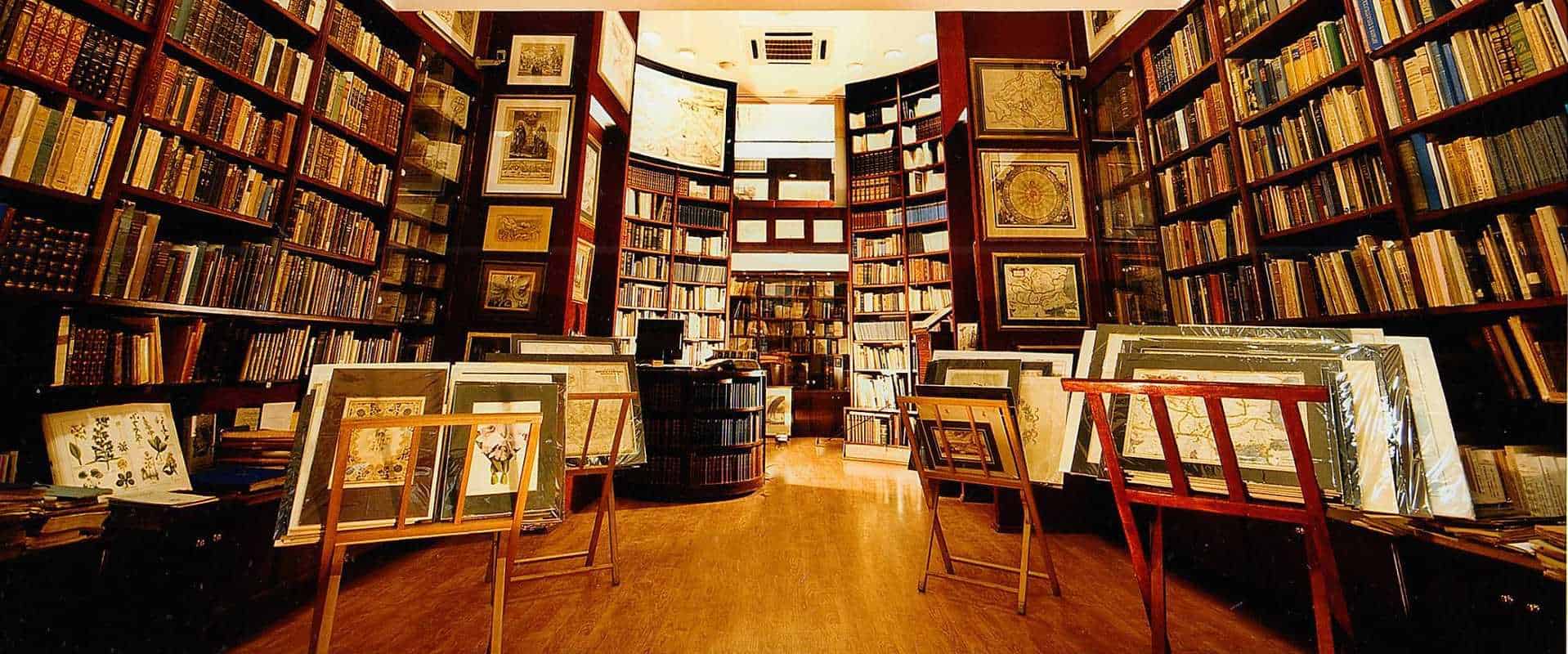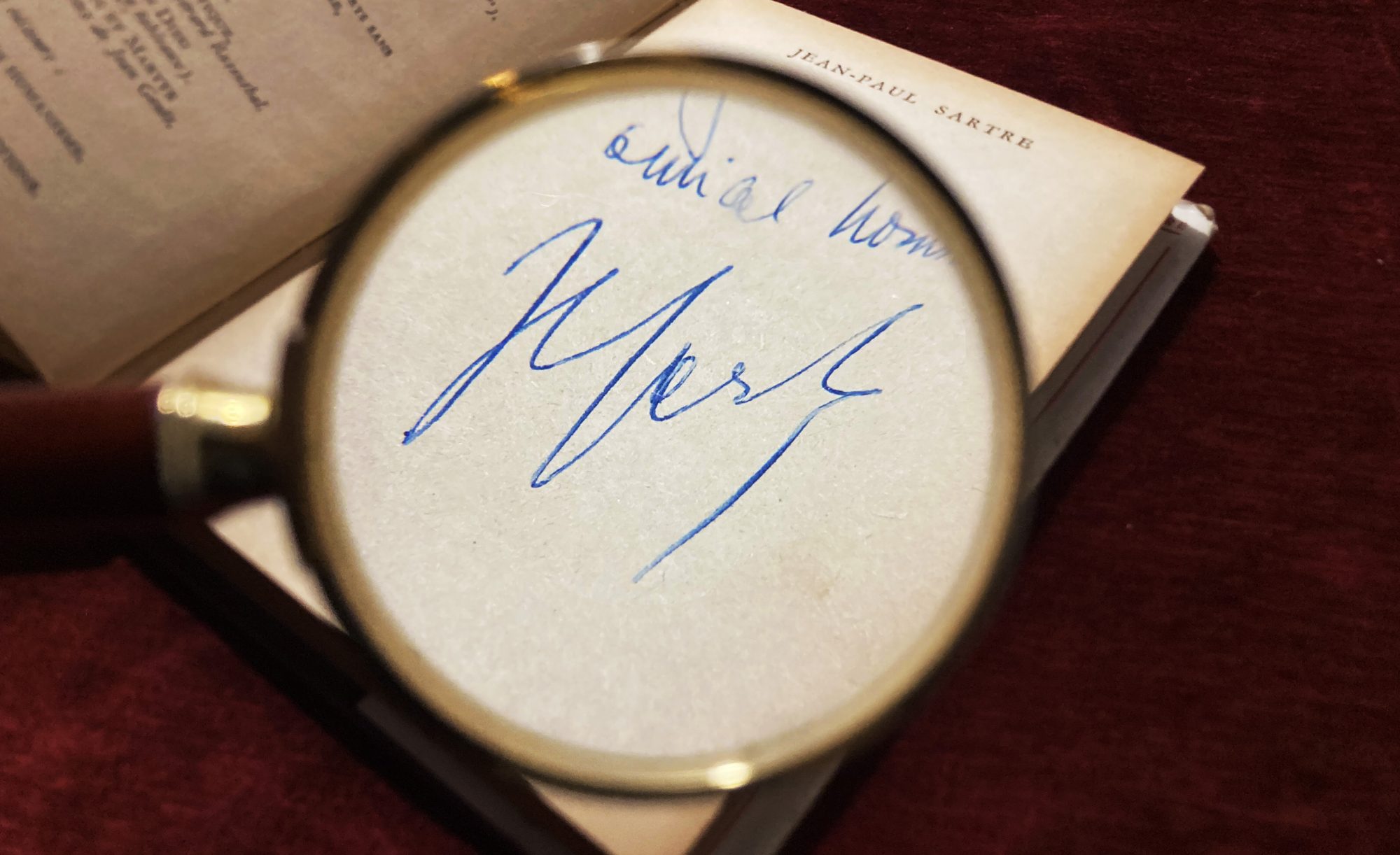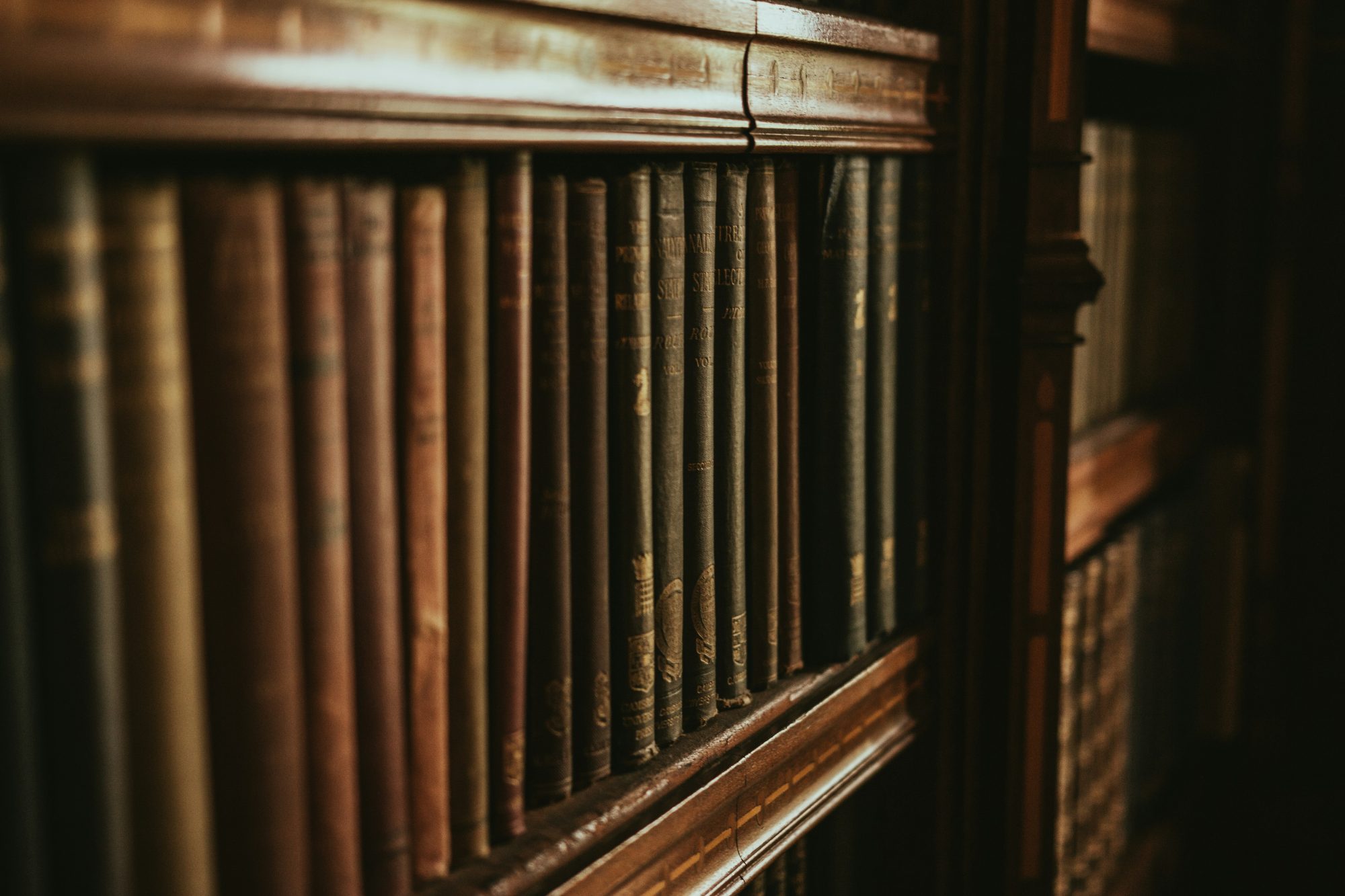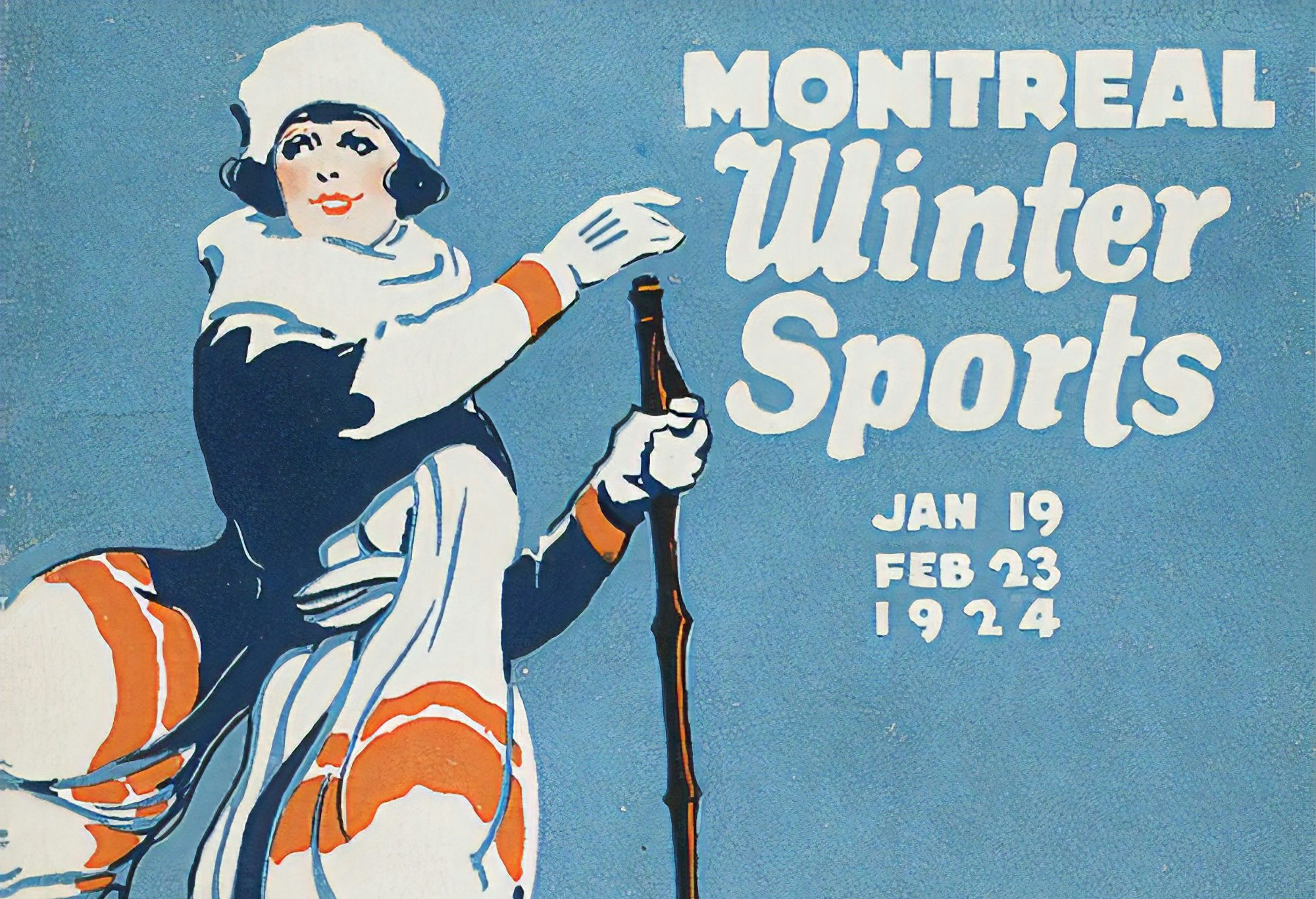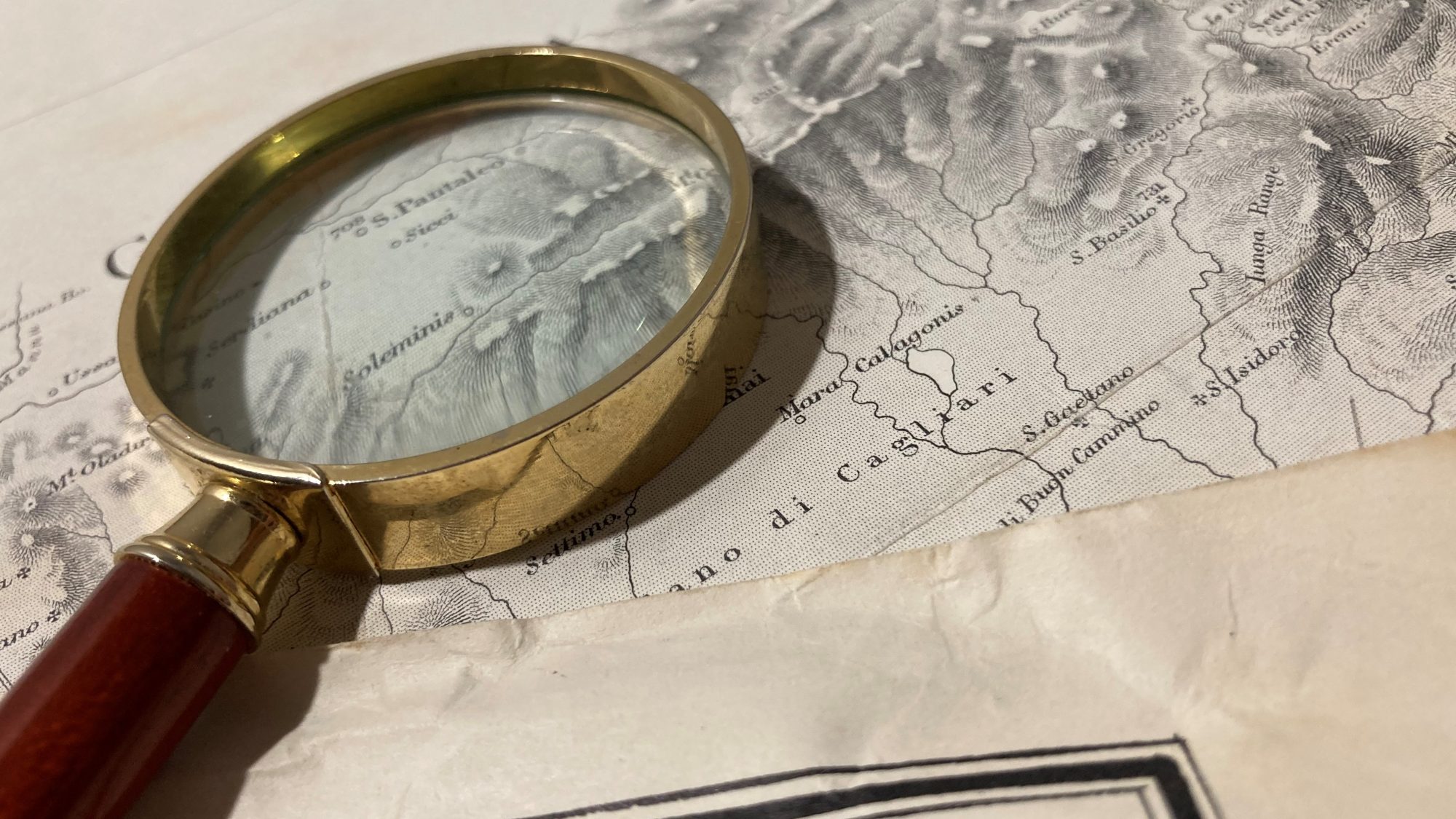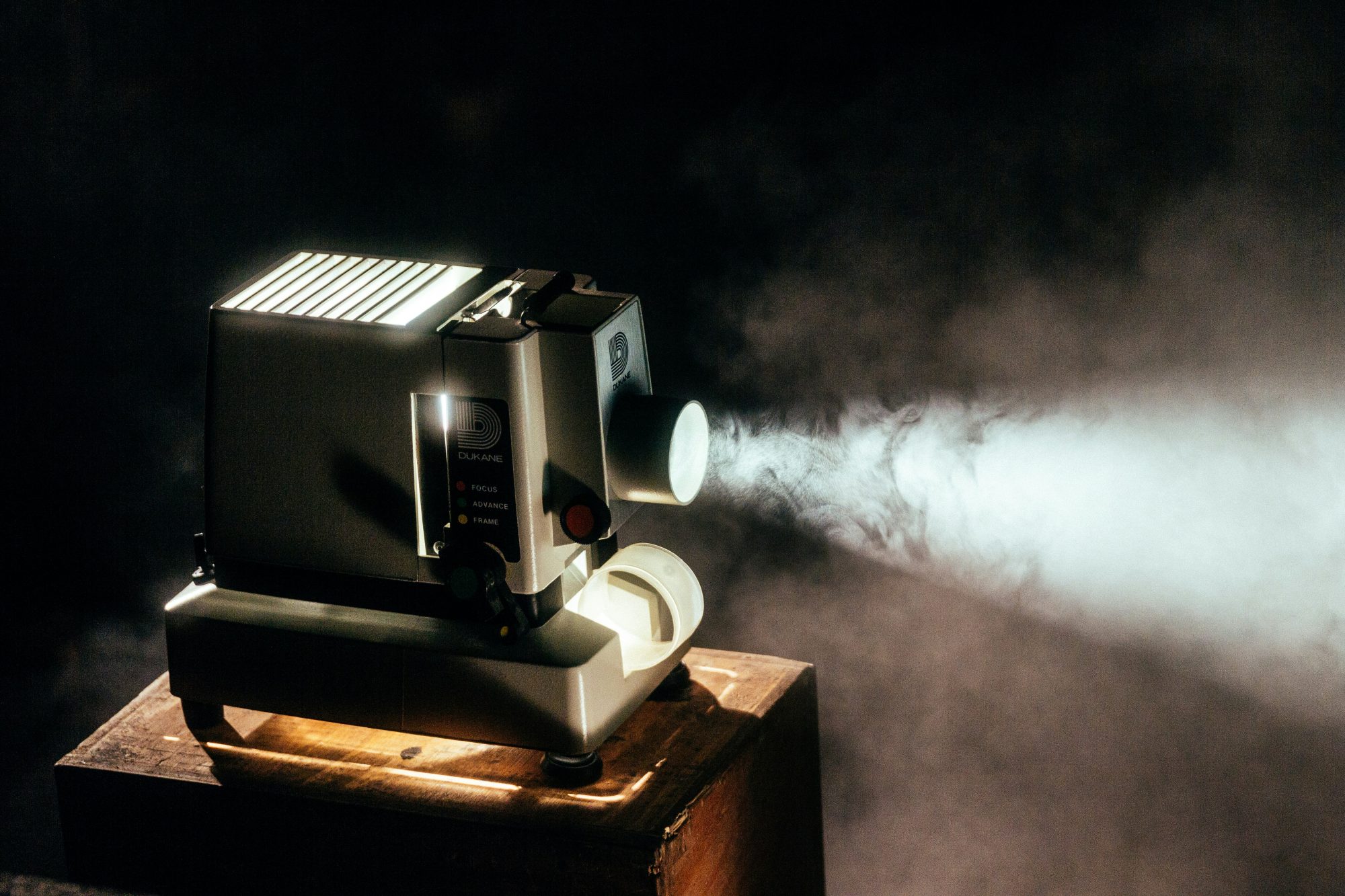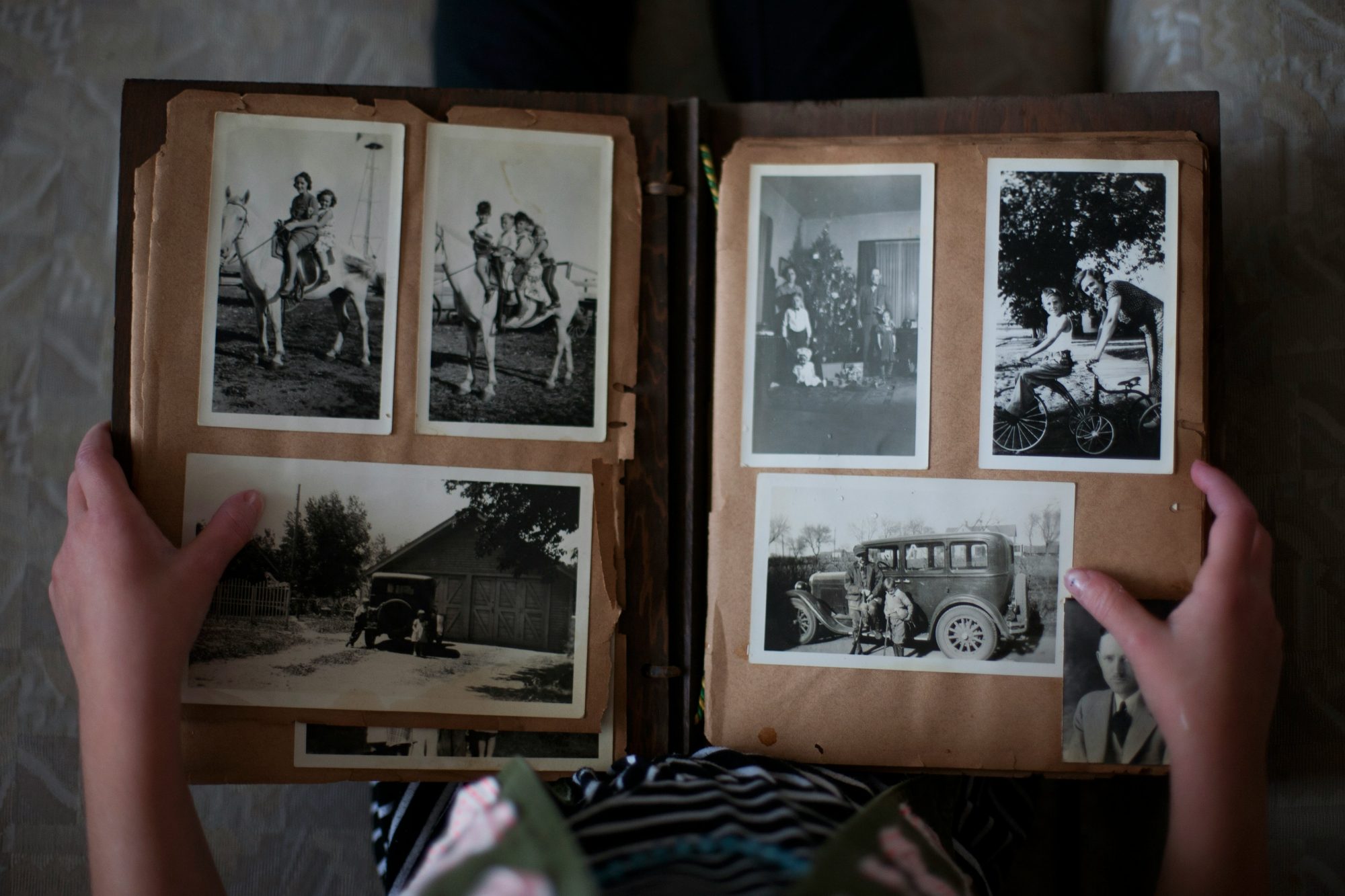How to store antique books?
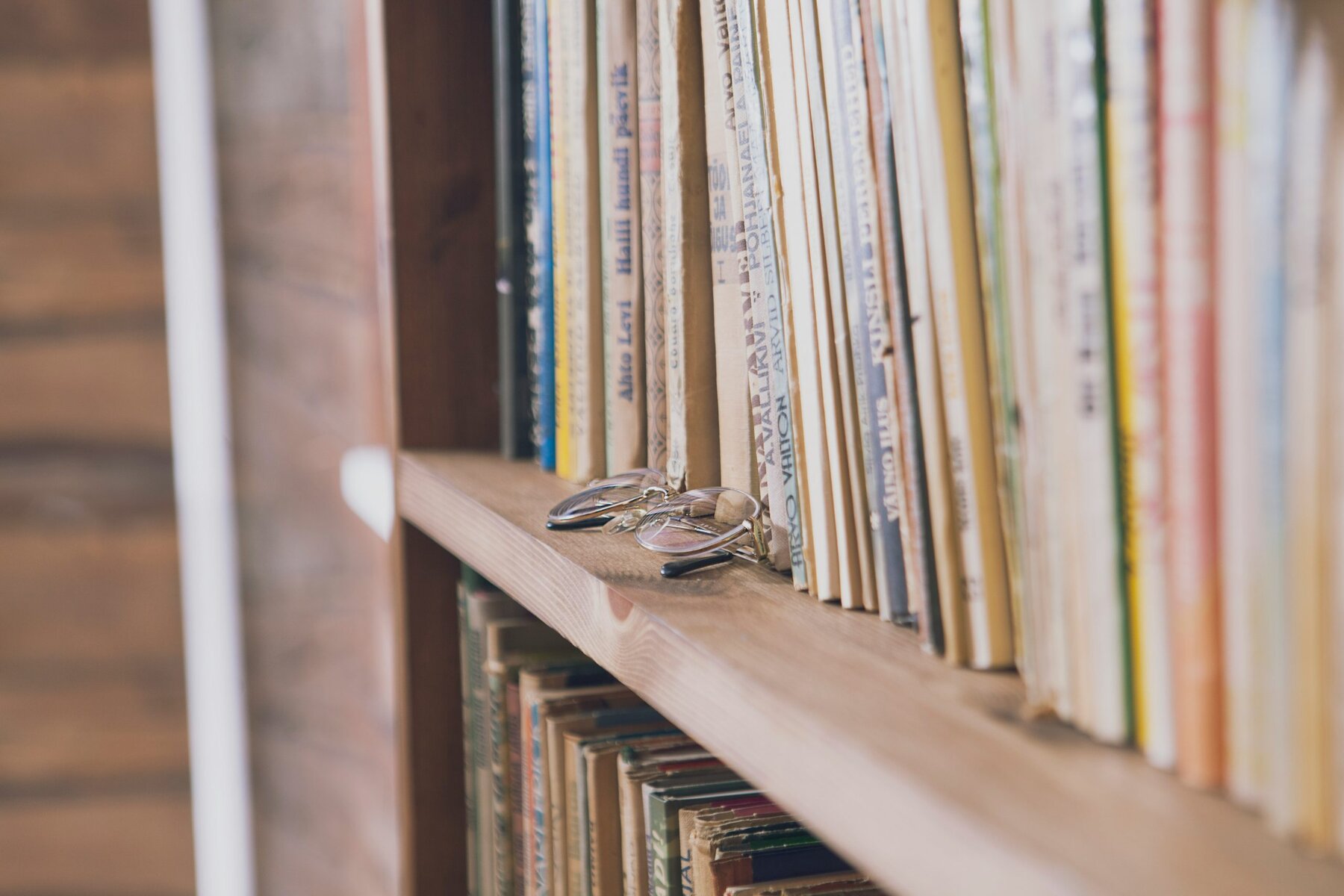
How to Store Antique Books: Essential Tips for Preservation
Starting your journey into collecting antique books is exciting, but learning how to store antique books properly is essential if you want to preserve their beauty and value for generations. Unlike modern books, antique books are fragile and vulnerable to various environmental factors. Proper storage is key to maintaining their condition and protecting your investment.
In this guide, you’ll learn everything you need to know about how to store antique books, including what environmental factors to watch out for, common myths about book storage, and practical steps you can take today to protect your collection.
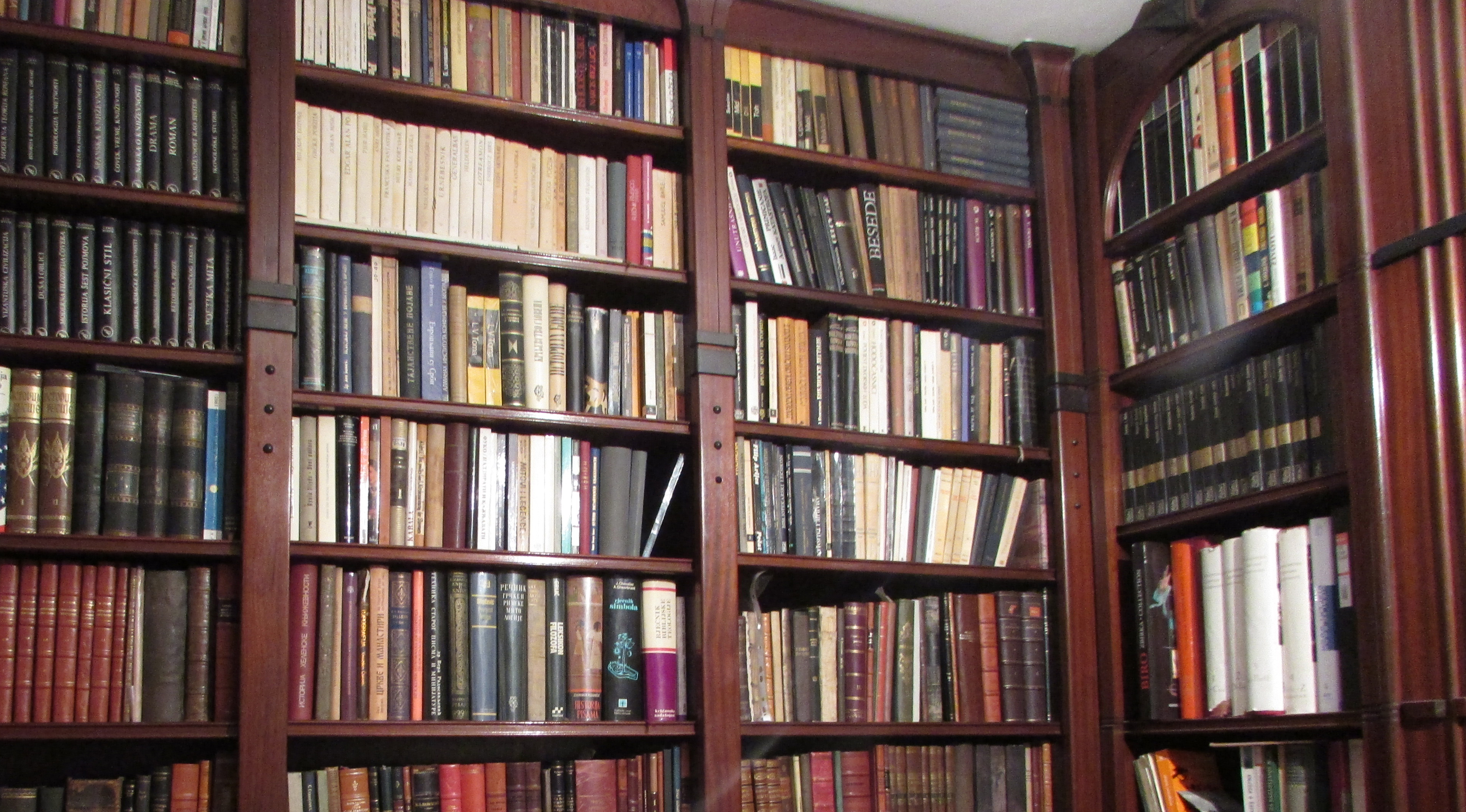
Having a private library with display cases is the best option when it comes to the display and storage of books.
Why Proper Storage Matters
When you start collecting antique books, you quickly realize that owning them isn’t just about putting them on a shelf. Books, especially those printed centuries ago, are made from materials that react to their surroundings. Paper, leather, vellum, and cloth bindings are highly sensitive to light, humidity, and pollutants. Without the right care, valuable volumes can deteriorate faster than you might expect.
Knowing how to store antique books properly ensures they maintain their historical value, aesthetic appeal, and structural integrity.
Damaging Factors You Must Avoid
Before diving into the best storage methods, it’s crucial to understand the main threats to antique books. By identifying these factors, you can take proactive steps to safeguard your collection.
1. Sunlight
Direct sunlight is one of the greatest enemies of antique books. Ultraviolet (UV) rays can cause significant damage to paper, ink, and bindings. Over time, books exposed to sunlight will fade, yellow, and become brittle.
Solution: Store your books in a room with minimal direct sunlight. Use UV-filtering window treatments like curtains, blinds, or UV-blocking films.
2. Humidity
Humidity is another silent destroyer. High humidity encourages mold growth, warps pages, and weakens bindings. Low humidity, on the other hand, can cause paper and leather to dry out and crack.
Ideal humidity level for storing antique books:
Aim for 40–55% relative humidity. A simple hygrometer can help you monitor humidity levels in the room.
Pro tip: Consider using a dehumidifier in damp climates or a humidifier during dry seasons.
3. Smoke and Airborne Pollutants
Smoke — whether from cigarettes, fireplaces, or cooking — poses a serious threat to antique books. Tar and other microscopic particles settle onto book surfaces, darkening pages and bindings while embedding unpleasant odors.
Solution: Store books in a smoke-free environment. If you have a fireplace in the storage room, ensure excellent ventilation to minimize smoke exposure.
4. Pests
Believe it or not, pests like mice, silverfish, and booklice can wreak havoc on antique book collections. These pests are attracted to the organic materials in books, particularly the older paper made from cotton or linen fibers.
Solution: Regularly inspect your collection for signs of infestation. Store books in clean, dry conditions and consider using natural repellents like cedar blocks.
How to Store Antique Books: Best Practices
Now that you know what can harm your books, let’s look at the best ways to store antique books.
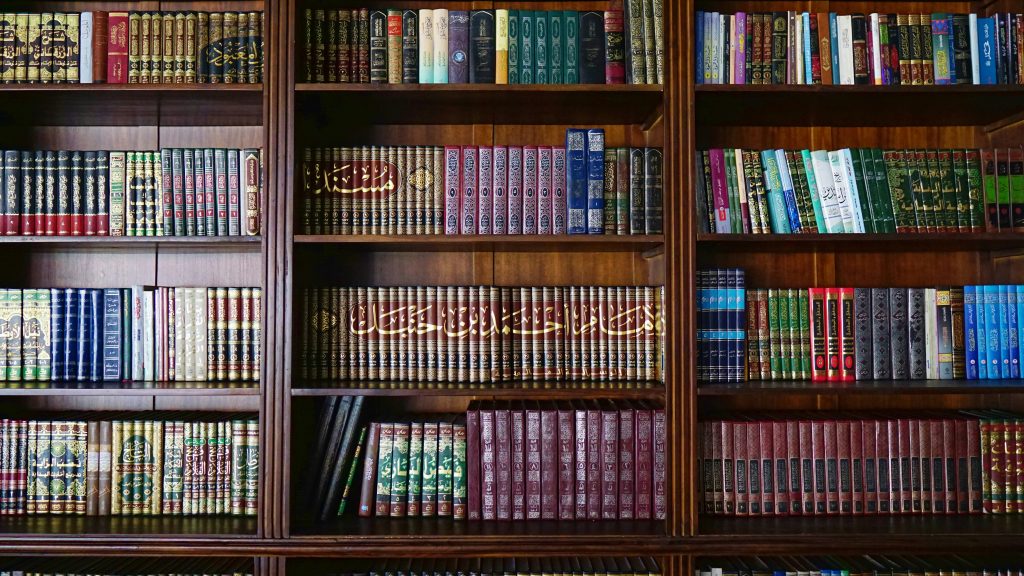
A sturdy wooden shelf is the perfect example of how to store antique books
1. Use the Right Shelving
When it comes to shelving, stability is key.
Sturdy wooden or metal bookshelves are ideal, but if you want the best protection, glass-doored bookcases are an excellent investment. They protect books from dust, environmental fluctuations, and physical damage while allowing you to display your collection elegantly.
Important tip: Ensure shelves are deep enough to support the full depth of the book without the covers hanging off the edge.
2. Proper Book Placement
How you arrange your books matters. Store books upright, supported by neighboring books of similar size and weight. Avoid leaning, as this can distort the spine over time.
For larger or fragile books: Store them flat, one on top of another, but don’t stack too high—no more than three or four volumes—to prevent pressure damage.
3. Handling with Care
Whenever you handle antique books, make sure your hands are clean and dry. Natural oils and dirt from your skin can transfer onto fragile pages and bindings.
For extra protection: Some collectors prefer to wear cotton gloves when handling particularly rare or valuable books.
4. Use Archival Materials
For added protection, you can use acid-free archival boxes or book jackets. These materials prevent dust accumulation and protect books from light and humidity changes.
Avoid: Plastic covers that don’t allow the book to breathe, as trapped moisture can lead to mold growth.
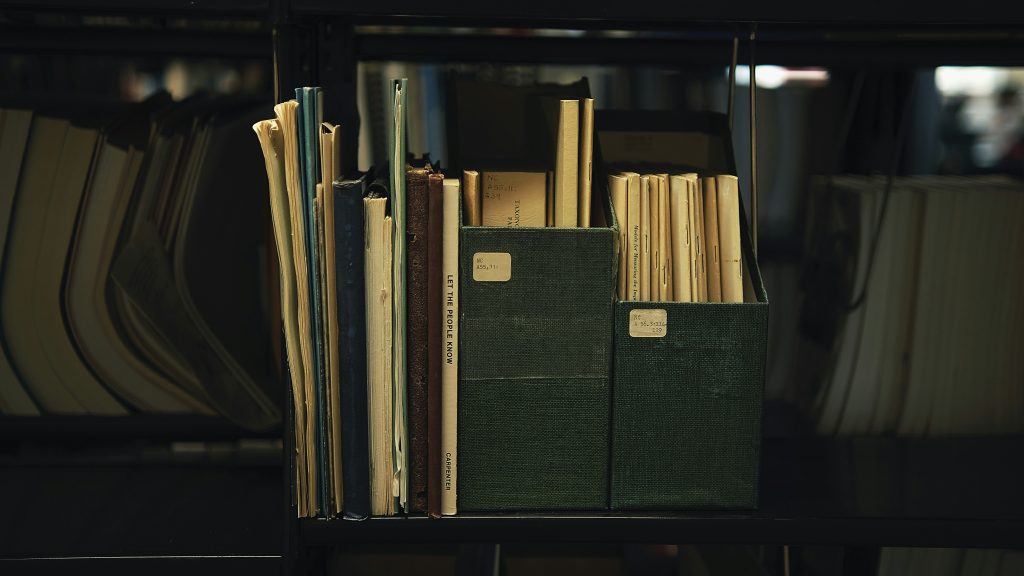
Myths About Storing Antique Books
When researching how to store antique books, you might encounter some misleading advice. Let’s clear up a few myths:
Myth 1: Temperature Fluctuations Are Dangerous
While extreme temperatures are harmful, minor fluctuations in a typical indoor environment are usually not catastrophic. Antique books have survived centuries of less-than-ideal storage. However, you should still avoid storing books in attics, basements, or garages, where temperatures can swing dramatically.
Ideal temperature: Maintain a room temperature of around 65–70°F (18–21°C).
Myth 2: Time Alone Causes Damage
While it’s true that certain aging processes, like foxing (those little brown spots), happen over time, these are usually chemical reactions inherent to the materials used. Factors like paper acidity are more to blame than the mere passage of time.
Myth 3: All Old Books Need Climate-Controlled Storage
For the average collector, a climate-controlled vault isn’t necessary. Keeping books in a clean, dry, and dark environment with stable conditions is sufficient for preserving most antique books.
Final Thoughts: Knowledge is Your Best Tool
Learning how to store antique books is one of the most important skills you can develop as a collector. Protecting your collection ensures that these treasures can be enjoyed for generations to come.
While consulting sellers or antique dealers is always helpful, it’s far better to educate yourself. Understanding storage techniques, recognizing early signs of damage, and knowing how to evaluate a book’s condition are all part of being a responsible collector.
Taking proactive steps today can save you from costly restoration work tomorrow. If you need help to estimate the book value, feel free to contact us; our informative appraisals are free! 🙂

